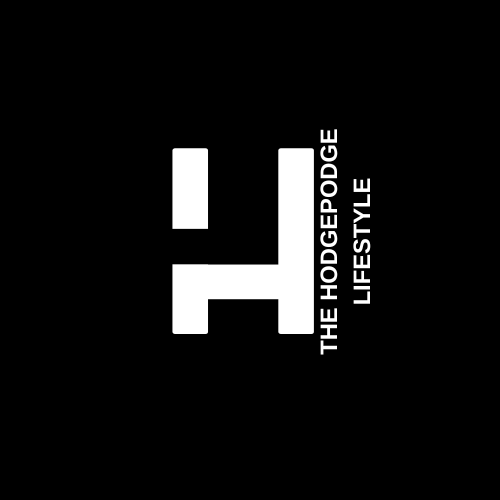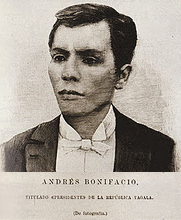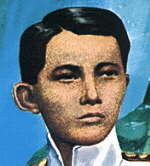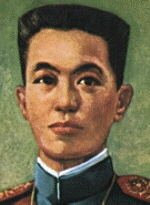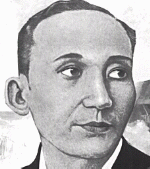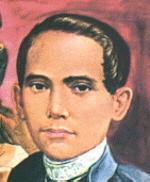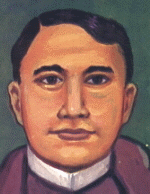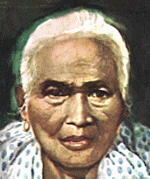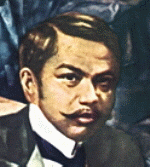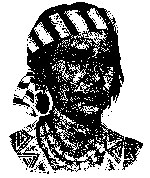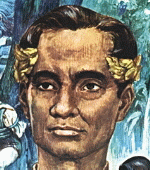Are you familiar with the Philippine heroes who fought for our country against the Spanish, American and Japanese colonization? Does the names of Dr. Jose Rizal, Andres Bonifacio, Tandang Sora or Dr. Pio Valenzuela ring a bell?

How about the modern heroes in Philippines? The Overseas Filipino Workers (or OFWs, though others prefer to call them OCWs or Overseas Contract Workers) who are considered as heroes too because they leave their families to provide them a better life by working abroad and sending their earnings back home.
Some of these OFWs, you may be surprised are quite accomplished in Philippines, working as a doctor, a professor, an engineer and other professions but left their own country to work in a lower position to earn more abroad.
It’s a sad reality yes, but admirable as they combat the daily homesickness, their safety, the culture shock and adjustment, racism, not being able to go home a couple of years, and other things you can think of just to provide for their family.
So those who you’ve met as a maid, a janitor, a caregiver, an assistant teacher or a waiter abroad, treat them with respect because they sacrificed a lot and worked hard in a foreign land for their families in their homeland.
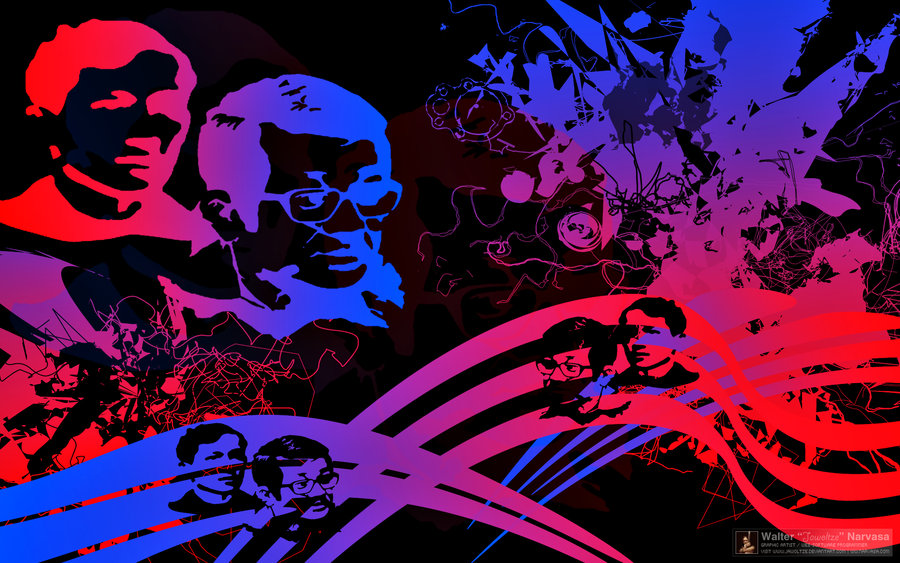 A discussion about OFWs will be for a different article as it’s quite lengthy to discuss here and so let’s go back to Philippine history of Filipino heroes who sacrificed a lot for their own country.
A discussion about OFWs will be for a different article as it’s quite lengthy to discuss here and so let’s go back to Philippine history of Filipino heroes who sacrificed a lot for their own country.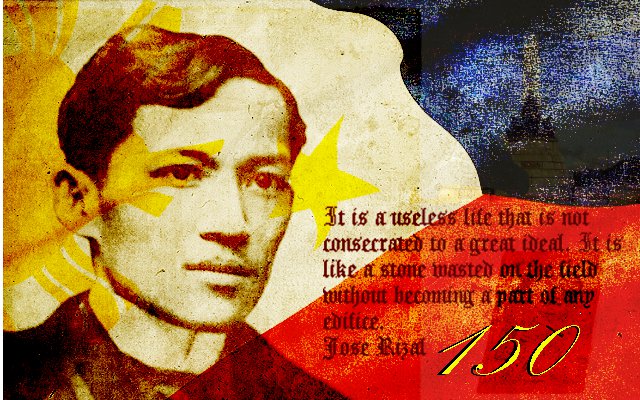
Dr. Jose P. Rizal (1861-1896)
Known around the world as Jose Rizal, he was born in Calamba Laguna in June 19, 1861. His famous novels were Noli Me Tangere (published in Berlin, Germany in 1887) and El Filibusterismo (published in Ghent, Belgium in 1891). He also wrote for La Solidaridad. His literary works woke up the conscience of the Filipinos to fight for their country against colonialism. He was arrested by the musketry in Bagumbayan, Manila on December 30, 1896. It was considered as the last draw for other Filipinos who had a bloody revolution against the Spanish government.
Andres Bonifacio (1863-1897)
The founder of the secret society, Katipunan, and was also president of the Filipino republic from August 24, 1896 to May 10, 1897. He was born in Tondo, Manila on November 30, 1863. He came from a poor family. He married Gregoria de Jesus in 1892. He was killed on May 10, 1897 in Maragondon, Cavite.
General Gregorio del Pilar (1875-1899)
The Hero of Tirad Pass was born on November 14, 1875 in Bulacan, Bulacan. He died on December 2, 1899 when he helped Aguinaldo escaped from the Americans during the Battle of Tirad Pass. He was one of the youngest and bravest generals in Philippine history.
General Emilio Aguinaldo (1899-1964)
He was the first president when he proclaimed the Philippine independence in Malolos, Bulacan on January 23, 1899. The Philippines had the first republic in Asia. He was born in Kawit, Cavite on March 22, 1869 and passed away at the Veterans Memorial Hospital in Quezon City on February 6, 1964.
Apolinario Mabini (1864-1903)
He was paralytic but was the brain of the revolution. He was born in Tanauan, Batangas on June 22, 1864. He joined La Liga Filipina (1892) and Aguinaldo’s revolutionary government from June 1898 to May 1899. He was captured by the American forces in December 1899 and deported to Guam in January 1901. He died in Manila on May 13, 1903.
GOMBURZA
(Father Mariano Gomez (1799-1872), Father Jose Burgos (1837-1872)
& Father Jacinto Zamora (1835-1872)
The Gomburza were three Catholic priests who crusaded for reform and killed by garrote in Bagumbayan, Manila on February 17, 1872 for allegedly instigating the Cavite mutiny.
Melchora Aquino or Tandang Sora (1812-1919)
My great, great grandmother Melchora Aquino was also known as Tandang Sora. She was born in Banlat, Caloocan City on January 6, 1812. My grandfather had the chance to meet her when he was young. She helped the Katipuneros under the leadership of Andres Bonifacio by providing them food, shelter and other material goods. She is considered as the “Grand Woman of the Revolution” and the “Mother of Balintawak” in Philippines. She died on March 12, 1919.
Dr. Pio Valenzuela (July 11, 1869-April 6, 1956)
Dr. Pio Valenzuela was a Filipino physician and patriot who was among the leaders of the Katipunan that started the Philippine Revolution against Spain. The Valenzuela City in northern Metro Manila was named after him.
Juan Luna (1857-1899)
He was the Filipino genius of the brush, the painter of the world-famous painting Spolarium which was known as the greatest painting of all times. It was awarded the gold medal in the Exposicion Nacional de Bellas Artes in Madrid in 1884. He was born in Badoc, Ilocos Norte on October 23, 1857. He was associated with the Reform Movement with Rizal, Lopez-Jaena, Ponce and other members of the movement. He died in Hongkong on December 7, 1899.
Lapu Lapu (c. 16th century)
He led the first successful Filipino armed resistance against Spanish aggression in Mactan Cebu where he fought and killed Magellan in a battle on April 27, 1521.
Francisco Baltazar (1788-1862)
Popularly known as Balagtas or Francisco Baltazar, he is the prince of Filipino poets who was born in Bigaa, Bulacan on April 2, 1788. He wrote the famous Florante at Laura, a masterpiece of a romantic “local versification, upholding moral and social values” which served as the basic foundation of the Philippine literature. He died in Orion, Bataan on February 20, 1862.
Epifanio delos Santos (1871-1928)
Do you know the former Highway 54 or more popularly known these days as EDSA? It was named after Epifanio delos Santos himself who was lawyer, journalist, historian, philosopher, bibliographer, biographer, painter, poet, musician, literary critic, antique collector, and librarian. He was born in Malabon, Rizal on April 7, 1871 and died on April 28, 1928 in Manila.
There are still so many Filipino heroes not mentioned here but are known for their heroism and patriotism in their country, the Philippines. Rich in Filipino culture, they deserve to be recognized and remembered even after decades passed since their time and thru history classes, literature or now, even online websites are the medium to getting to know who they are and what they did for their country.
Photos from various websites
For more info, you may visit these websites:
Websites: National Commission for Culture and the Arts
Historian: Ambeth Ocampo
